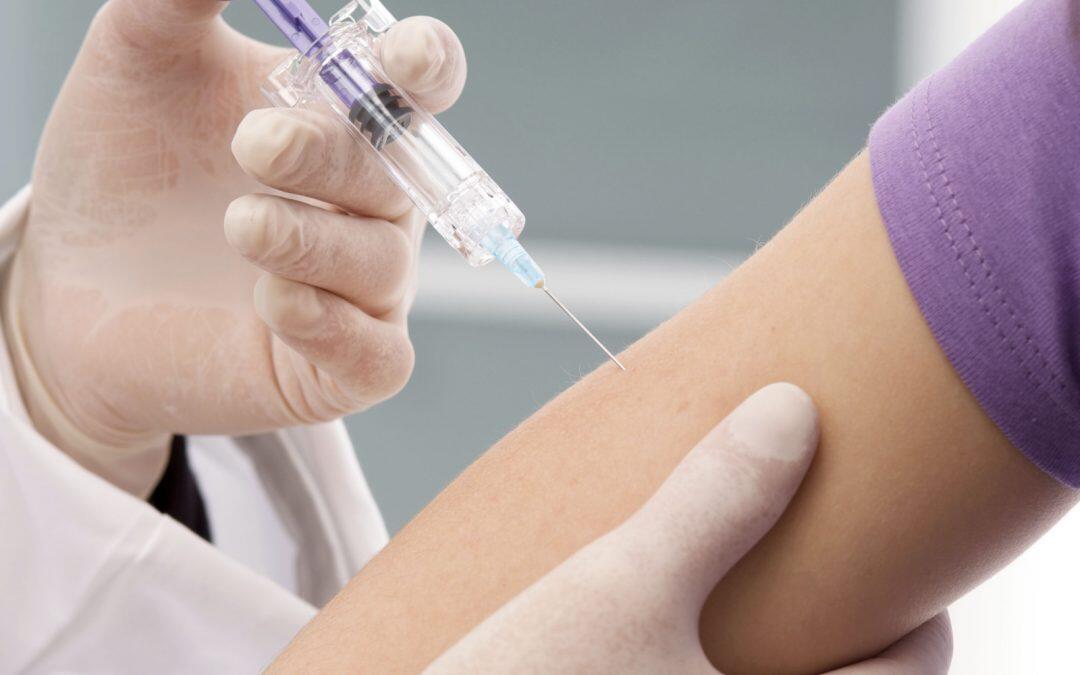One of the biggest drawbacks in the fight against flu virus is that its strains change each year, forcing to make new vaccines every winter. Scientists at the University of Lancaster (UK), the University of Aston (UK) and the Complutense University of Madrid have developed two vaccines, one specifically for the population of the United States and other global, that would avoid this problem.
According to the study, the scope of protection of the vaccine would be 95 percent in the US population and between 88% and 97% in the rest of the world. At present, scientists are contacting different pharmaceutical companies to develop inoculations.
The formulations are based T epitopes, small fragments of the virus recognized by T, which are experimentally validated lymphocytes. Both vaccines have the same component CD4 T epitopes, but vary in CD8.
T cells are essential in the containment and elimination of viral infections. “A T vaccine pursues the induction of a protective memory T cells” said Pedro Reche researcher at the Department of Microbiology I UCM and co-author, published in Bioinformatics.
Experimentally validated
The work has used computational biology tools to select different epitopes response to immunological criteria, conservation and coverage. All T epitopes are selected experimentally verified and are capable of inducing an immune response.
The coverage of both vaccines have been calculated using gene frequencies of HLA molecules (involved in immune recognition). “The coverage corresponds to the percentage of the population expressing any of the HLA molecules presenting T epitopes in the vaccine. The calculation is simple, it is difficult to obtain genetic frequencies when different populations are combined, “maintains Reche.
In any case, until they can be inoculated to the population, missing several years. “In the winter of 2017 I doubt we can inoculate with this formulation specifically, but I know that there are similar efforts with less generic formulations,” said the scientist, who also anticipates the need to incorporate B epitopes that induce specific antibodies.











